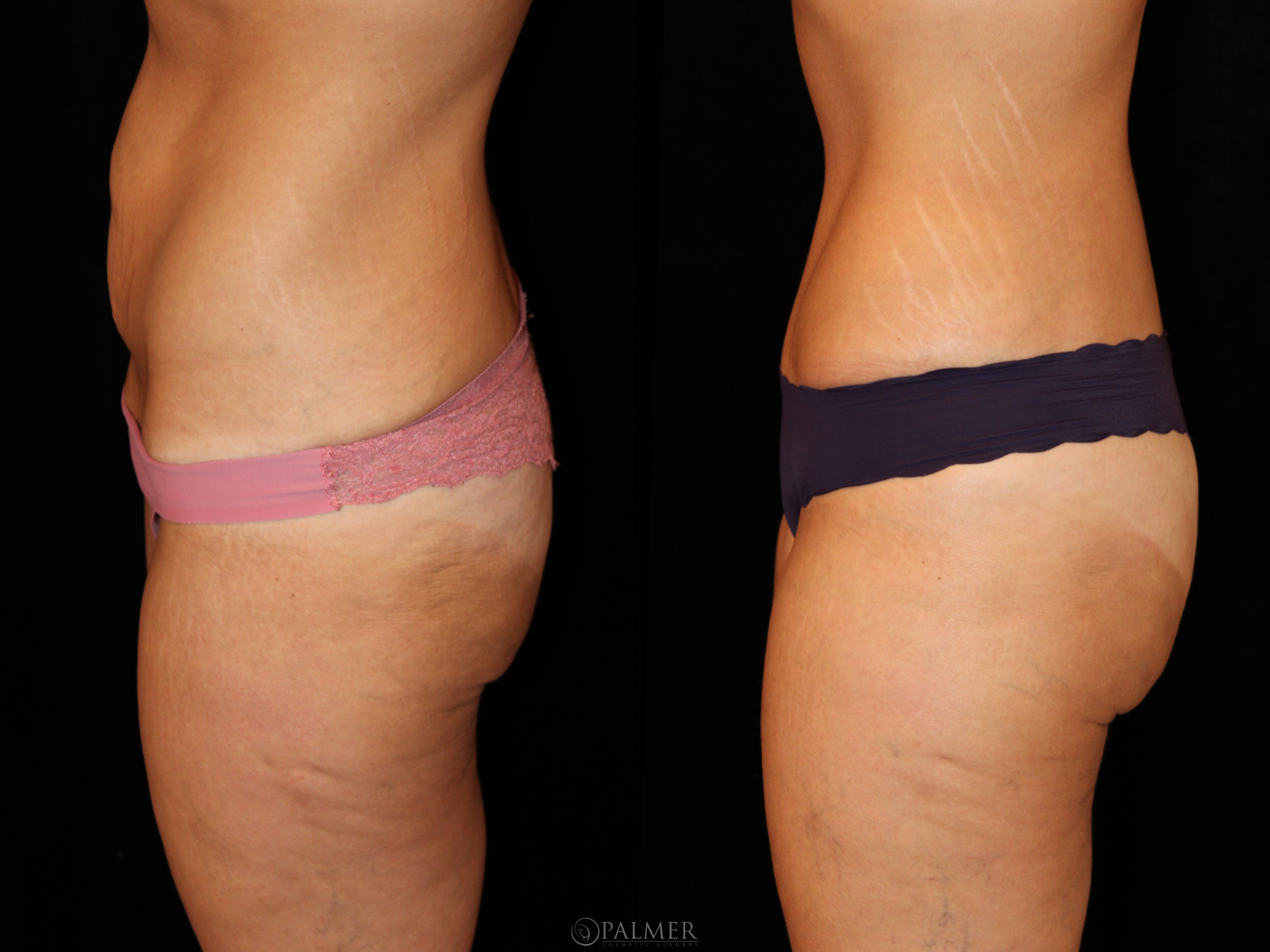Tummy Tuck Before and After
Abdominoplasty, commonly known as a tummy tuck, is a surgical procedure designed to smooth and tighten the midsection. By removing excess skin and fat and repairing weakened or separated abdominal muscles, abdominoplasty aims to improve both the appearance and function of the abdomen. When diet and exercise aren’t enough, abdominoplasty can help address the effects of aging, pregnancy, weight fluctuations, and loss of skin elasticity.















Explore questions
Abdominoplasty FAQ
Most abdominoplasty patients consider abdominoplasty a 6-7/10 on the pain scale. Noticeable bruising and swelling are common, especially during the first week. However, pain greatly decreases by week two.
Tummy tuck surgery is considered a major surgery due to its invasive nature and the removal of significant excess skin. It comes with the risk of complications and infection, which is why it’s important to choose an experienced and board-certified plastic surgeon.
Patients typically lose between three to five pounds with tummy tuck surgery, though weight loss isn’t the main goal of abdominoplasty. Midsection appearance is most highly impacted by the removal of excess skin and fat, creating natural contours, reshaping the waistline, and the repair of separated abdominal muscles.
Insurance companies view tummy tuck surgery as a cosmetic, elective surgery and therefore rarely cover them. Detailed information about insurance coverage and payment plans can be discussed in more detail during your initial consultation.
Diet and exercise can be used to reduce fat and tighten the midsection to a degree. However, low-hanging belly fat and loose skin require abdominoplasty to be fully resolved.
A tummy tuck does not impact the size of the breasts. However, the removal of loose skin and belly fat for a flatter midsection may cause your breasts to appear larger.